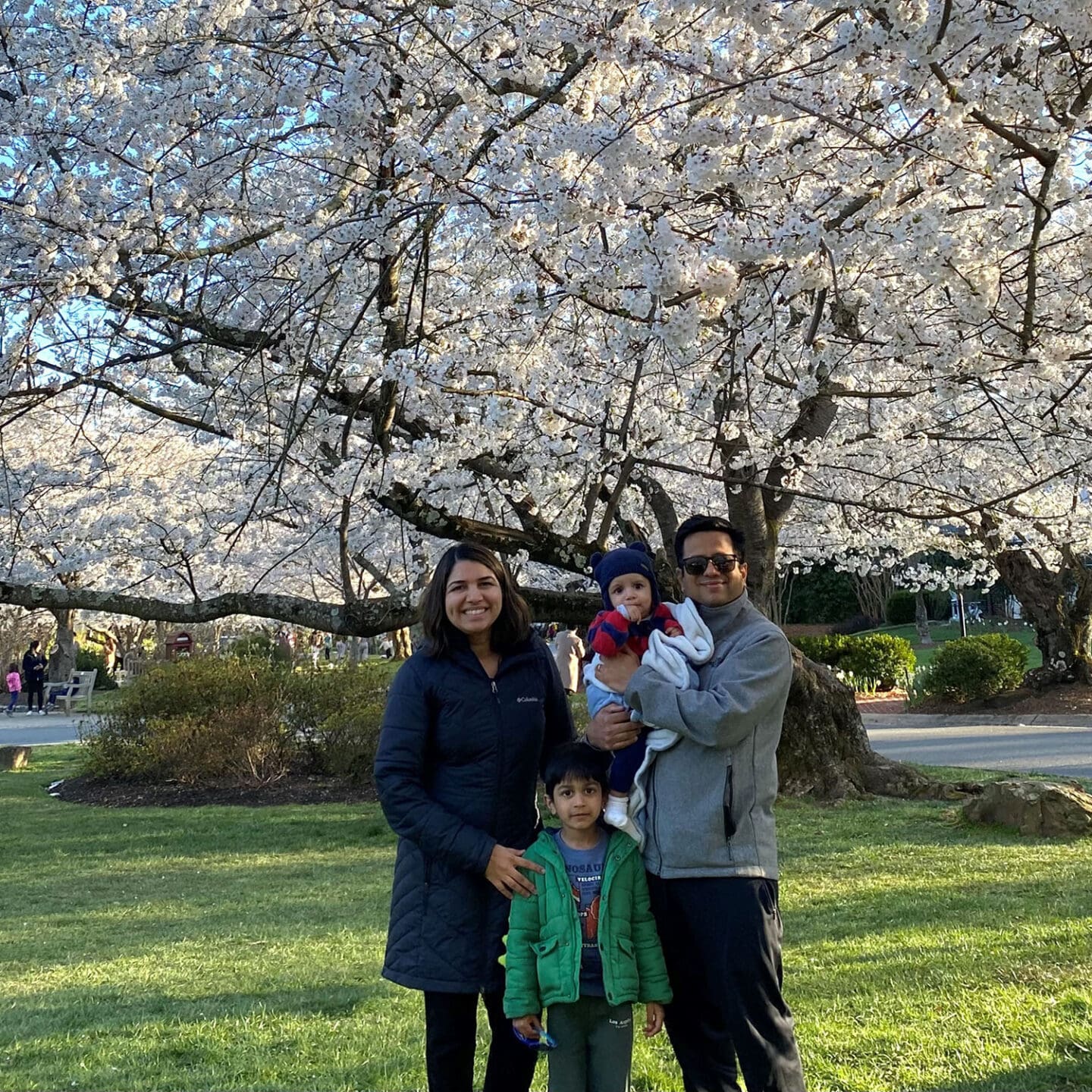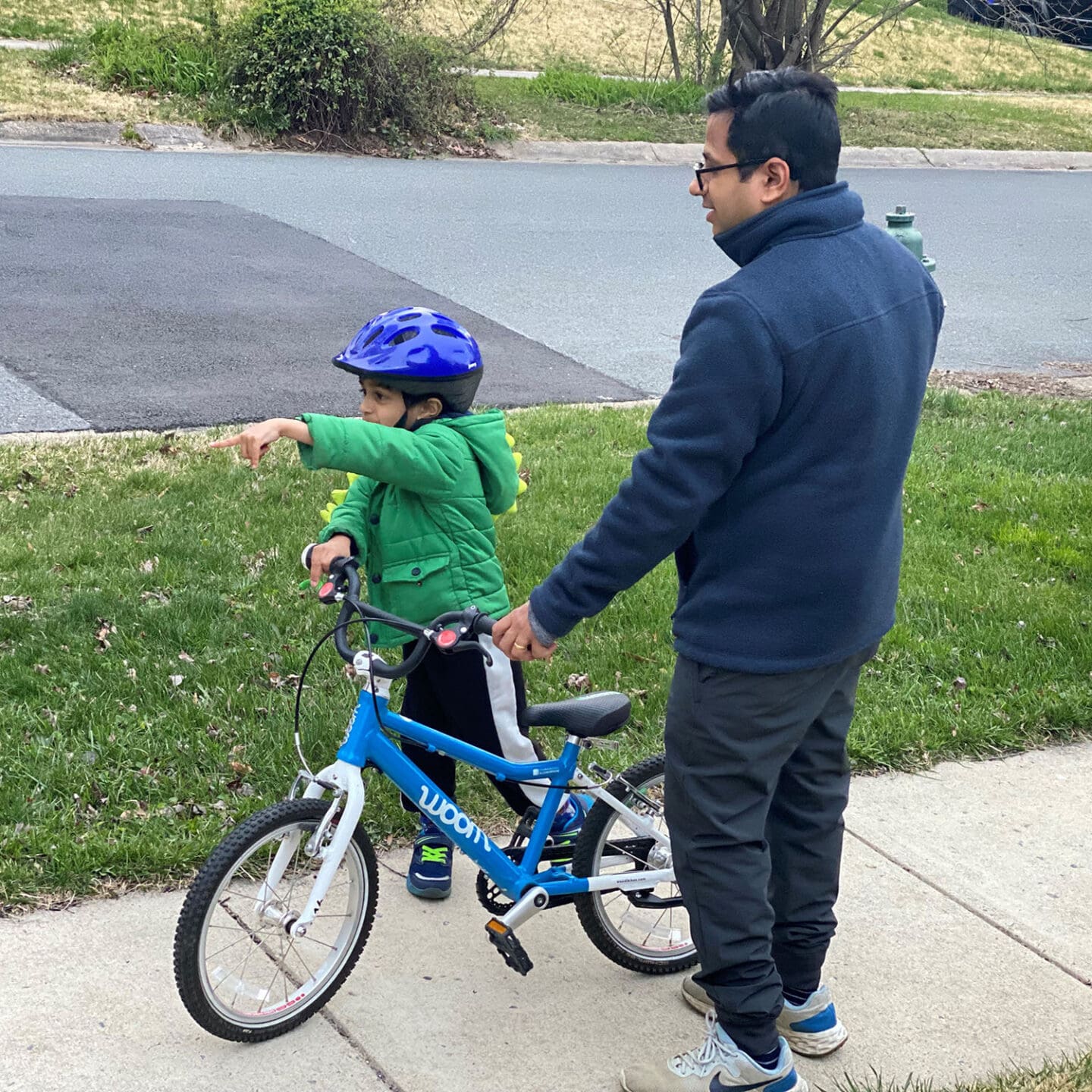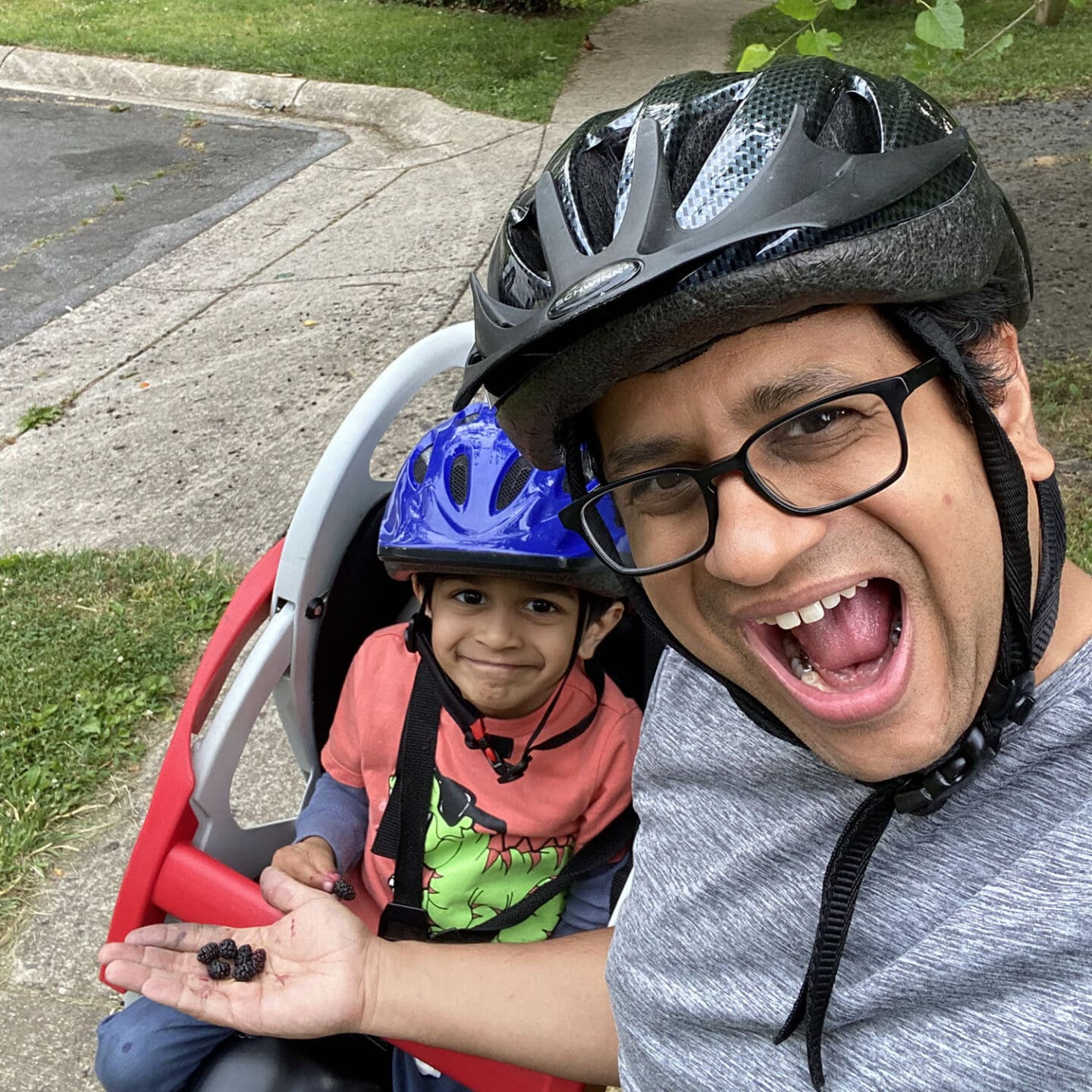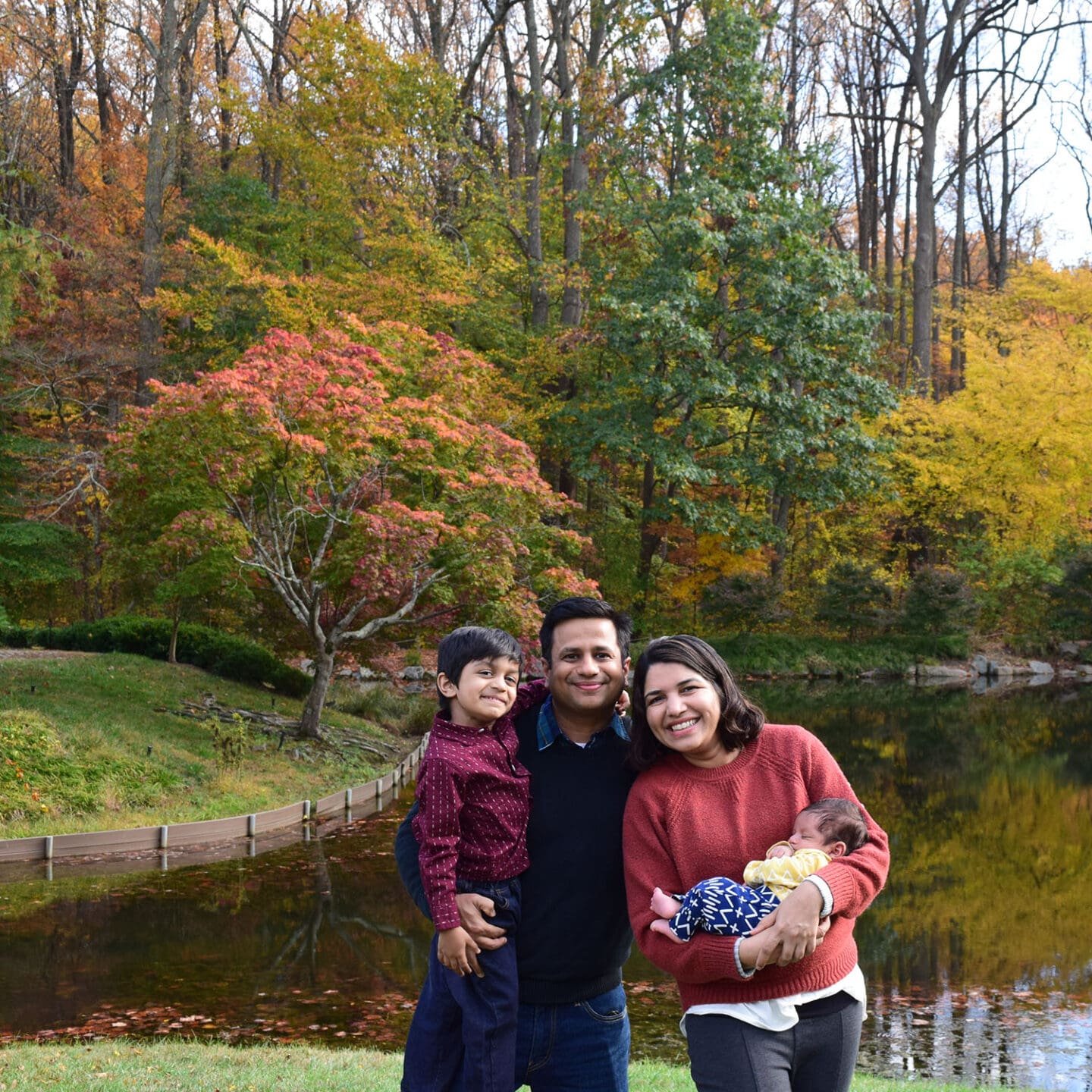“Part of electric mobility that we should be talking more about is the rise of e-bikes, which could be a big game changer.”
We’re an interconnected nationwide team, but we each have our own reasons for being passionate about the work we do. This month, get to know Aditya Inamdar, urban planner/designer in our Washington D.C. office.
What’s your background and how long have you been a transportation professional?
I was born and raised in India, where I got my undergraduate degree in architecture and worked as an architect for a few years. Then I moved to the U.S. to pursue a degree in urban design and planning. During my planning program, I took a few transportation courses that sparked my interest in street design, transit-oriented development, and placemaking. I joined Kittelson’s Orlando office in 2013 and have since moved around to the Baltimore office and now I’m in the Washington D.C. office. I mainly work on urban design projects that are rooted in transportation planning.
I love spending time outdoors with my wife and two young sons; we live in an older post-war suburban neighborhood. Although it’s suburban, the design of the neighborhoods in our area allow us to walk or bike to parks, schools, libraries, and other places around the neighborhood. I’m currently teaching my 5-year-old son to ride a bike, which has further cemented the importance of designing streets and pedestrian and bike facilities for all ages and abilities in my work.


What are some interesting projects you’re working on right now?
Two projects that come to mind are:
- The Reisterstown Plaza Metro Station in Baltimore, Maryland, which is wrapping up. It’s a transit-oriented development plan where we came up with the ideas to redesign some of the major streets, create a linear park with a trail to connect the transit station with surround destinations and neighborhoods to create a more walkable and bikeable area. We also developed ideas to integrate green infrastructure as part of stormwater management strategies. Maryland DOT decided to apply for a RAISE grant based on the initial work, and if they win, we could continue to work on the project, which is exciting.
- We also just wrapped up an electric vehicle (EV) infrastructure plan for Hillsborough County TPO in the Tampa area in Florida. We analyzed land use, population, employment, and EV adoption trends to identify areas that would need more charging support from the government agencies in the future.
While it’s important to plan for EVs, I think we need to be careful in our approach. EVs are part of the solution for climate goals, but they are not the silver bullet. There’s a risk of locking in car dependency and car infrastructure if too much investment goes into EVs instead of enhancing other modes. We can’t expect everyone to walk, bike, or take transit, so we envision that cars are going to be in our future—but it would be ideal if most, or all, of those cars are EVs. Another part of electric mobility that we should be talking more about is the rise of e-bikes, which could be a big game changer because they expand the number of people and the types of people who ride bikes. And recently, I’ve been looking into buying an e-bike that can hold my two kids.
What is most rewarding about your work?
The three most rewarding things for me are:
- The ability to influence and improve the lives of many people through my project work.
- The responsibility to ensure safety and strive to prevent fatalities and serious injuries on our streets.
- The thrill of shaping the future physical design of our streets and neighborhoods.


How do you stay current with industry developments and advancements?
I follow a lot of thought leaders on social media who are “setting the agenda” in the industry and I try to research interesting plans and projects I come across and learn from them. I am also an active member of a few professional organizations including APBP, APA, ULI, and ITE. These organizations help me connect with others in the industry and keep tabs on what’s being published. Finally, I talk to my Kittelson colleagues, who are also thought leaders, authors of research documents, and helping develop industry standards and guidebooks. We share a lot of information internally that helps keep me up to date.
What do you think is the most exciting development in the transportation industry?
The availability of federal funding through new IIJA grant programs is very exciting. For the first time, these programs are directly giving funds to local and regional agencies for a wide variety of projects. This will make a huge impact in helping communities that need it, and I’m excited to support some of these initiatives with my clients.
